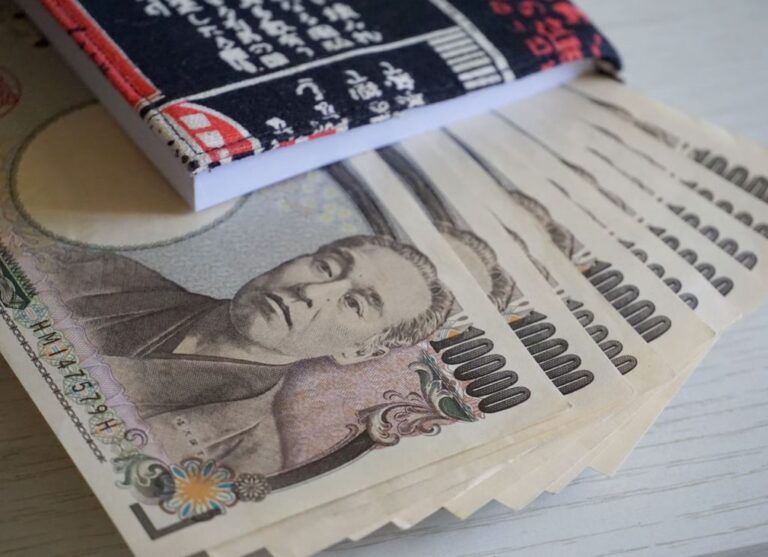
South African Reserve Bank Holds Rates
Discussion and Analysis by Charles Porter:
The South African Reserve Bank held interest rates steady following today’s September Committee meeting. The Bank held the repurchase rate at 6.75% despite an equal division within the Monetary Policy Committee.
Three members preferred an unchanged stance and three members preferred a 25 basis point reduction. This status-quo decision undermined a consensus forecast predicting a loosening of monetary policy of at least, if not more than, one-quarter of one percent. The bias prevailed because the Committee foresaw considerable and developing uncertainties within the South African and global economy. Therefore, abiding by the trend set by the European Central Bank, Federal Reserve and Bank of England, further data will determine the future direction of Monetary Policy.
The South African economy moved out of recession during the second quarter of 2017. Although the preceding period of six months, Q4 2016 and Q1 2017, only demonstrated the shortest period definable as a recession, quarters of negative growth have been littered across the south African economy. Therefore, the 2.5% GDP growth that was published earlier this month remains uncertain.
In fact, the decomposition of South Africa’s Q2 GDP reveals that the swing towards positive growth was mainly driven by agricultural, forestry and fisheries industries; three highly cyclical and seasonal components of GDP and economic growth. Therefore, the publication’s admonition of a subdued longer-term growth seems appropriate. Moreover, a wide-ranging consensus over a modest interest rate cut also now becomes contextually intelligible.
The expectation for an interest rate cut within an uncertain and weaker South African economy was internalised and priced-in within the currency market. Therefore, when the Monetary Policy Committee announced its decision not to raise interest rates, the Rand strengthened sharply against the Pound Sterling, Euro and Dollar. Each of the three latter currencies sharply and simultaneously lost in excess of three-quarters of one percent.
Whilst each of these currency pairs recovered partially throughout the day, the sharp loss of value of the major currencies demonstrates the credibility awarded to the expectation of an interest rate cut within South Africa. Due to the importance awarded to future economic performance and data announcements within the determination of future monetary policy, we will await the final meeting of 2017 in November to identify whether monetary policy stimulus should be provided.
Related Insights

Morning Brief – Japanese Yen
Japanese Yen With JPY at a new 34 year low versus EUR, the market is set for an ambush by the Bank of Japan if it acts today at the end of their Policy Meeting to support the Yen. The reason that the market is susceptible is because it has convinced itself that the BoJ […]

Morning Brief – Coalition
Coalition This briefing is about South Africa and the Rand, which frequently proves to be one of the more divisive subjects within our roster of currencies. In particular, with the election looming, this will be about South African governance. Not from a political or human perspective about what may be the best long term outcome […]

Morning Brief – US Tariffs on Chinese Imports
US Tariffs on Chinese Imports Recently we wrote about how Mexico has become the Number One trade partner for the USA. It now transpires that Mexico may have had what is known as a little assist with their numbers: the statistics for the number of 20 foot shipping containers for the first three Quarters of […]


 Humphrey Percy
Humphrey Percy Charles Porter
Charles Porter